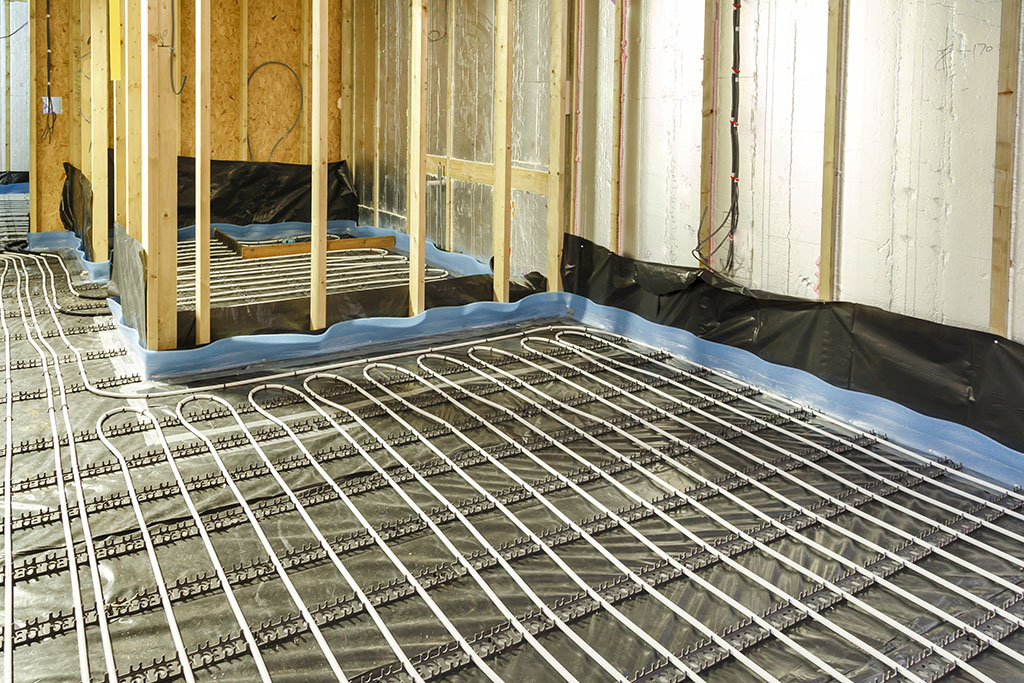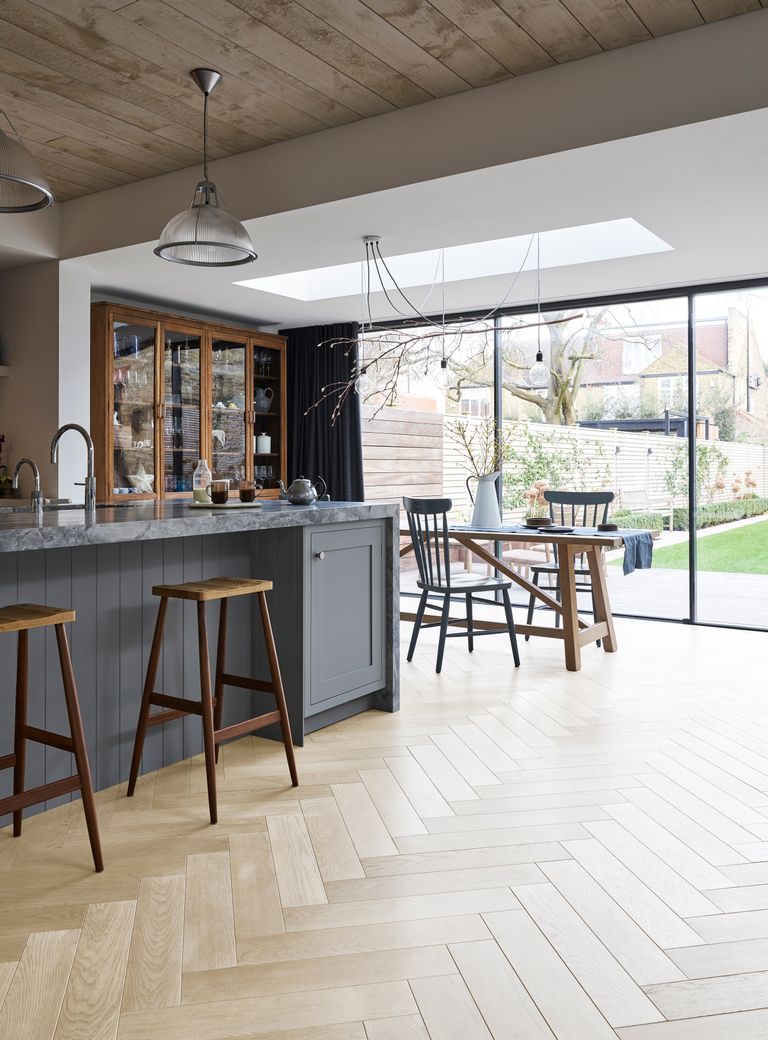Underfloor heating should only be considered when the insulation and airtightness of the building has been addressed and is sufficient to ensure this type of heating system is suitable.
Underfloor heating in one room only.
Underfloor heating is a great way to keep your home warm.
October 05 2017 installers can now benefit from greater ease of installation and improved performance of underfloor heating ufh systems in individual rooms following the launch of room packs by jg speedfit.
There is a limit to the floor temperature an underfloor heating system can operate at comfortably so this can mean it s not suitable for very small rooms where the ratio of floor area to room volume is low.
It can be expensive to heat a whole house using electric underfloor heating so having radiators in the larger rooms is the way to go if you opt for dry ufh.
This is the better option if you only require ufh in a small area such as a bathroom as the radiators and the underfloor heating run completely separately.
The main attraction for underfloor heating is comfort.
Electromat is an electric single room underfloor heating kit that is easy to install and fast to heat up.
It s lovely to walk on it distributes heat evenly around each corner of the room and it frees your walls from radiators making more space for paintings shelf units or even picture windows or allowing you to create a minimalist look if you wish.
Underfloor heating is a good choice for heating your kitchen especially an open plan living kitchen.
A decoupling membrane is used to hold the electric cable meaning the system can be tiled onto directly without the need for any additional decks or self levelling compounds.
Warm water is pumped through loops of pipe no joints in the floor placed under a concrete or joisted floor or alternatively in a retro fit board system.
It works well with hard flooring often used in a kitchen and means you can use wall space for storage instead of radiators.
Underfloor heating in just one room.
Traditional radiators need to be heated to a high temperature between 149 167 degrees fahrenheit 65 75 degrees celsius in order to heat up a room effectively whereas floor heating only needs to run at a temperature of 84 degrees fahrenheit 29 degrees celsius or less depending on the floor finish in order to warm the room thereby consuming less energy and keeping your energy bills far lower.
The way both types of system heat a room mean not only will your feet be warm but the heat will be more evenly distributed and consistent.




























